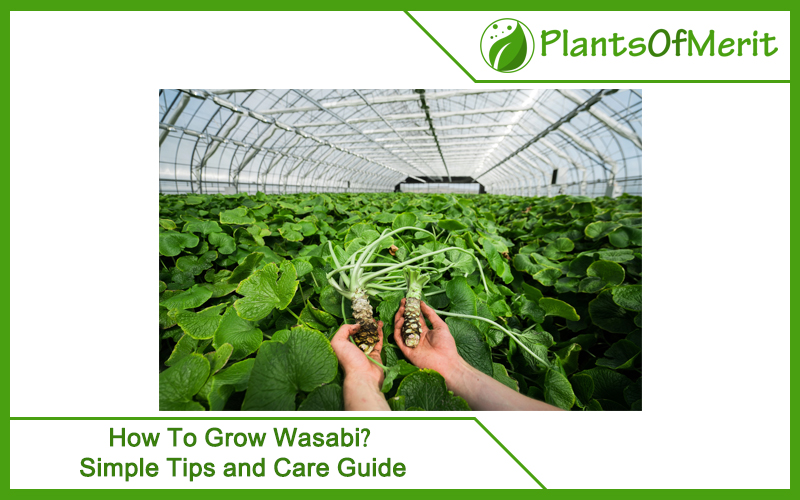If you are a sushi enthusiast, chances are that you know what wasabi is. The small, green dollop is often given as a condiment to the side of your plate of sushi. Wasabi is a hit or miss among people. While some do enjoy the pungent smell and strong taste of this Japanese horseradish, some people are completely turned off by the same.
Whatever the situation is, if you are considering growing your wasabi in your backyard, we are pleased to inform you that it’s possible. It is not a farfetched dream. In fact, with a little tweak and moderation, you too can sort out growing and care for a wasabi plant with some simple steps.
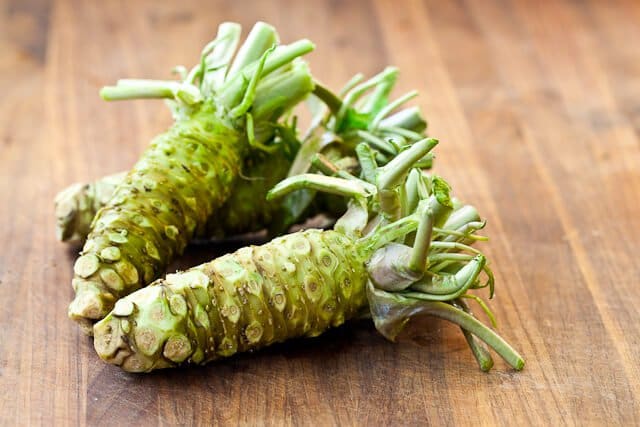
You must be thinking, “Well, I can buy wasabi from the market.” And, yes, you can. But, growing your own has a lot of benefits to it. It is cost-effective; you have complete autonomy over the quality and care as well. Most of the store-bought or restaurant-available wasabi isn’t even 100% wasabi as experts suggest.
So, why not start growing your own?
Growing Wasabi – Basic Overview
Before we delve right into the tips and care guide for growing a wasabi plant in your backyard, we have some tips to share with you.
The good thing about growing a wasabi plant is that nothing goes to waste. You can grate and use the root as a condiment to your sushi platter and you can boil or stir fry the leaves and add them to various dishes. It is quite versatile.
However, since the plant is native to Japan, you have to mimic all the optimal growing conditions in your garden to see successful results. Here’s a quick overview of the same.
| Components | Description |
| Botanical name | Wasabia japonica |
| Common name | Wasabi, Japanese horseradish |
| Plant type | Perennial vegetable |
| Soil | Moist, well-drained |
| Size | 24-inches |
| Sunlight | Shady, indirect |
| pH | 6-7 |
| Hardiness | 8-10 (USDA) |
| Origin | Japan |
Keeping track of this basic overview of the wasabi plant is crucial to growing the plant in your backyard. Just ensure that you keep a check on the temperature, climate, and humidity if you want to grow them optimally.
What is the Right Wasabi in your Garden?
Once you have the basic factors that you need to look out for is planting the wasabi in the right way. Given that they are quite sensitive and often require optimal care to grow in the best way, we’d highly recommend you follow the basic instructions.
Unlike most other types of plants, Wasabi requires shady and indirect sunlight conditions to grow, which means that if you live in areas with direct sun exposure, it will end up damaging or stunting the growth exponentially.
As for the temperature in the surroundings, the wasabi plant needs 55-75 degrees Fahrenheit as the optimal temperature. Anything below or above it will end up damaging the plant as well. Most experienced growers suggest planting wasabi during the spring season since that’s when it flourishes the most.
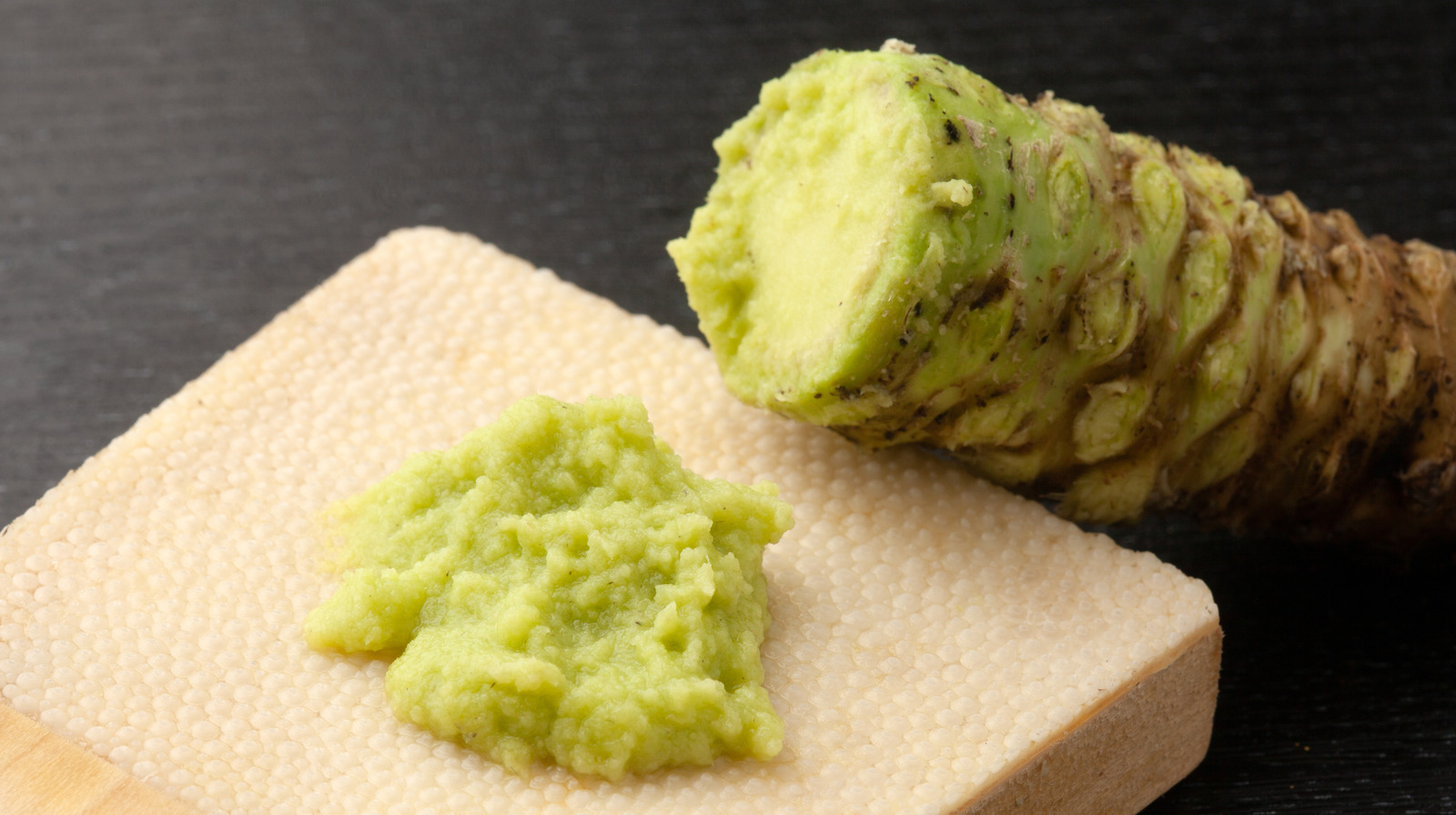
However, you need to start growing wasabi in a pot until it grows up to a foot in length. Once that height is achieved, you can then go ahead and transfer it directly to the soil in your garden and care for it to grow up to its primal heights.
In very rare and controlled conditions, you can also grow wasabi in containers. However, we wouldn’t recommend this for beginners since the process is quite complicated, to begin with.
Also, when you are planting the wasabi plant into the soil, ensure that you pick moist but well-drained soil. Excessively wet soil will clog excess water and damage the root of the plant, which is what wasabi is all about. The wasabi plants require a slightly acidic to neutral pH in the soil, so ensure you maintain that as well.
Wasabi Planting – Care Guide
Now that you have a fair bit of idea about the wasabi plant and its optimal growing conditions, the next thing worth considering is the care guide. What factors do you need to prioritize when it comes to growing wasabi?
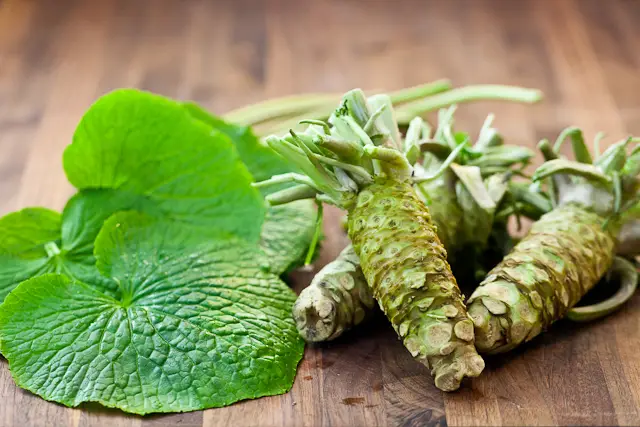
Given that wasabi is a type of rhizome, growing it isn’t as much of a hassle as you think. Rhizomes grow a lot in abundance and grow at a very rapid rate, which ensures that you will have enough time to witness another yield while you use the current yield.
Here are a few important tips that you need to keep into consideration when it comes to caring for the wasabi plant:
1. Sunlight parameters
Sunlight and temperature are two important factors that you need to keep into consideration when it comes to a wasabi plant. If you want the plant to thrive and grow optimally, you need to grow it in a shady place, away from direct sunlight.
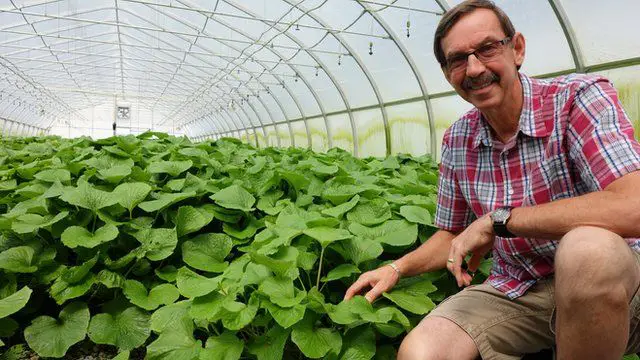
Coming to the temperature requirements, it should be between 55-65 degrees Fahrenheit for optimal and uninterrupted growth. Both extremely high and low temperatures will result in killing the plant, so you need to stay alert about the temperature parameters.
So, when it comes to growing wasabi in your backyard, these are some of the parameters that you need to replicate. Also, you have to add compost into the soil to provide the plant with the basic nutrition that it needs to grow optimally.
2. Water parameters
When discussing the water requirements for growing wasabi, we also have to focus on the humidity aspect. Since we eat the root part of the wasabi as the main element, it isn’t surprising that the plant’s water requirements are quite persistent. It needs a constant water supply to the roots to ensure that it grows at an exponentially higher rate.
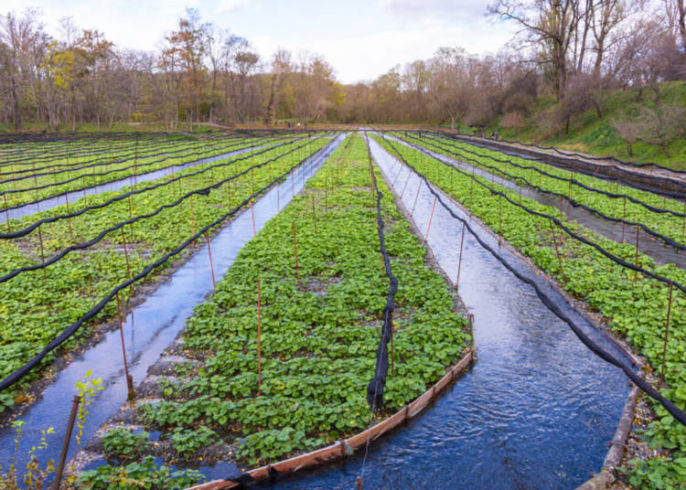
Although wasabi plants require wet and moist soil, it also prioritizes the need for well-drained soil. This is very crucial. So, you need to be mindful of that factor. That aside, a wasabi plant also can’t tolerate dry soil, so ensure that you have a constant water supply to keep the soil moist.
When it comes to humidity requirements, the environment should have 90-95% humidity as a standard. This is crucial, especially if you want to ensure that the plant is growing sporadically and healthily.
3. Soil settings
The previous pointers should give a basic idea about the soil parameters for growing wasabi. But, to further reiterate, you can’t expect to grow a wasabi plant in the regular potting soil that you come across in the market.
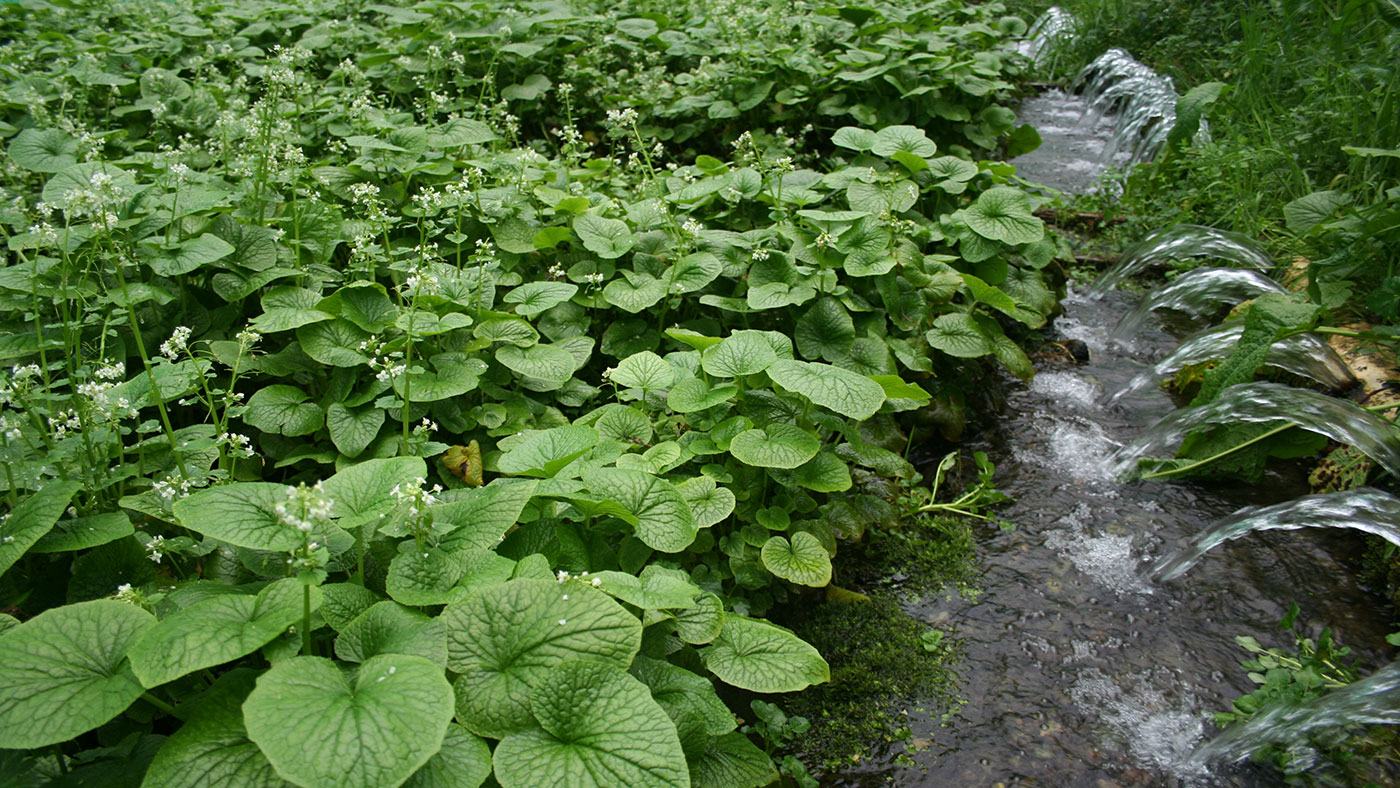
Wasabi requires a unique mixture of soil that consists of vermiculite, sand, and gravel. The reason behind this is to ensure that the soil is well-draining and won’t clog the water in the roots, leading to common complications like root rot.
The gravel and stream combination for potting works exponentially well for your wasabi plant as well. However, only using gravel means that you’d have to grow the plant in the containers, which can be a little complicated, to begin with.
If you aren’t sure what would work the best for your needs, we would recommend that you try out different growing techniques and then see what works the best.
4. Fertilizer and compost needs
Every plant needs some external nutritional kick for optimal growth. But, with wasabi, you won’t have to worry much about that. Since they grow at a very slow pace, their need for fertilizers isn’t mandatory. You can grow wasabi without additional fertilizer in the process.
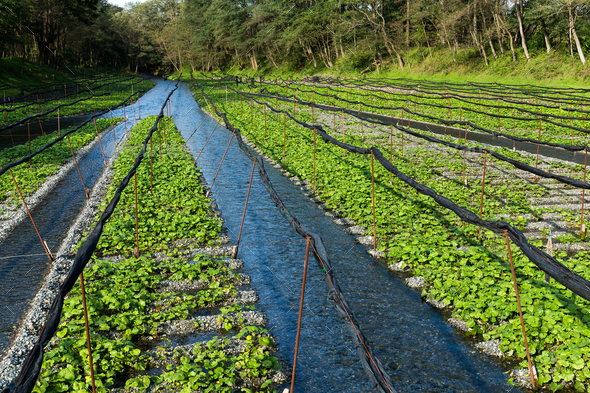
When using any kind of fertilizer, try to use the products that have a balanced combination of potassium, phosphorus, and nitrogen. This will support the optimal growth of the plant without overwhelming the natural growing process of the plant.
The occasional use of foliar spray also does a lot of magic when it comes to the quality of the plants.
5. Propagation
Growing wasabi plants from seeds are difficult but not impossible. However, you need to regulate and monitor the temperature, weather, and a lot of additional factors. The best way to grow them would be using pups, plantlets, etc.
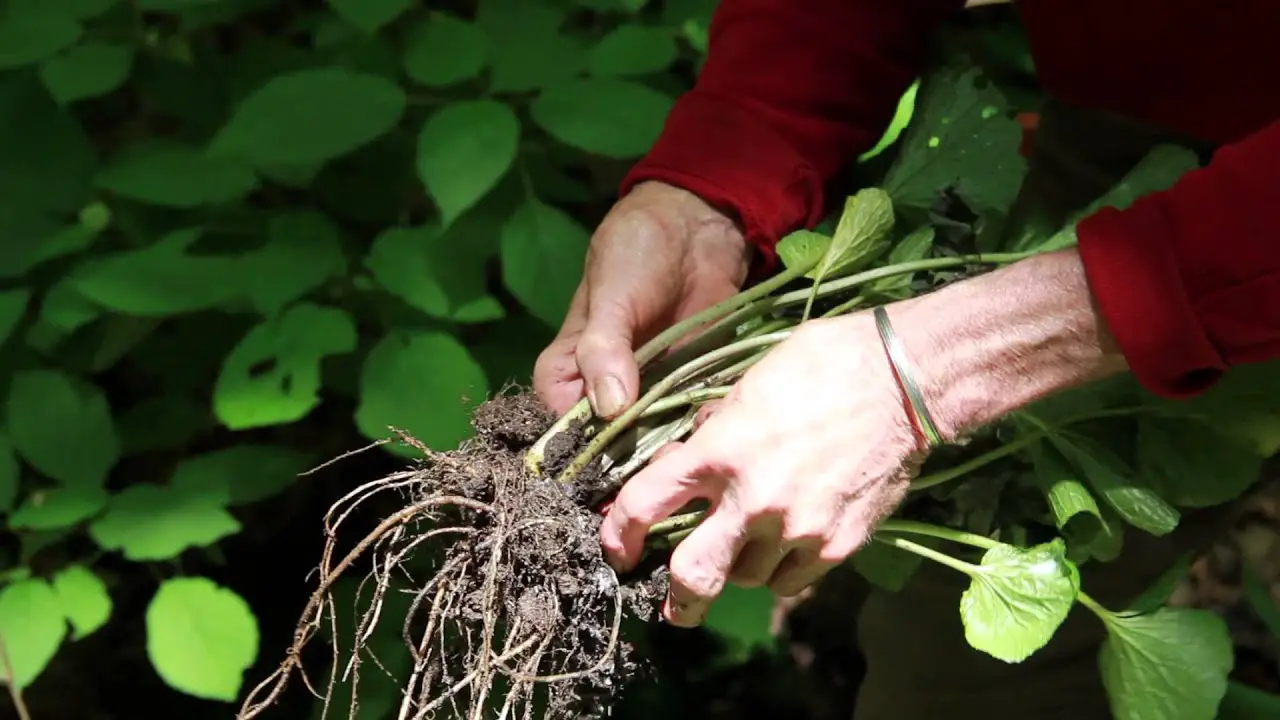
The plantlets are the small outgrowth that grows from the stem of the wasabi plants. Once you find these plantlets, what you can do is take them out and then plant them into the growing medium and wait for them to grow and flourish.
However, if you want maximum propagation and growth, we’d recommend that you leave enough space around the root region for the plant to breathe and grow optimally. Most wasabi farmers do indulge in tissue farming as well. However, that involves a lot of complicated steps that you’d have to know about beforehand.
How to Harvest and Store Wasabi?
After months of hard work, the final step is to harvest your wasabi plant and enjoy the fruit of your hard work. Since wasabi has a very slow growth rate, you’d have to wait for quite some time before you get tangible yield from the plant to harvest and store.
You have to wait until the stalks have grown around 4-5 inches above the ground and measure 1.5 inches in thickness. Once you find the stalk grown enough, you can gently put it out of the soil being very careful while you do so. Also, you need to remove the leaves and any possibly rot around the root region.
The best way to enjoy the pungent and spicy taste of wasabi is by grating the root into a fine paste. You can either dry out the grated wasabi or then turn it into some powder to preserve it for longer use. Since the leaves and stems have a very crispy crunch to them, don’t shy away from using every part of the plant in your daily meals.
What are the Diseases and Pest Infestations with Growing Wasabi?
Like with any plant, troubleshooting problems are quite prevalent with wasabi as well. What you need to do is ensure that you are aware of the complications. Being aware of these problems beforehand enables you to prevent the problems firsthand.
1. Growing issues
Like many other plants, growing wasabi plants can impose one of the biggest issues – root rot. Since wasabi requires wet soil consistently, it isn’t surprising that root rot is a very common complication.
The best way to overcome this complication is by ensuring optimal drainage of your soil. You want to keep the soil wet but you don’t want the water to stand in the soil. Also, if you find wilted leaves in the plant, snip them off the plant.
2. Pest growth
The good thing about growing wasabi plants is that they aren’t commonly subjected to pests and insects. They are quite resilient and don’t fall prey to the attack of the different types of pests that are quite common to such plants. However, you might want to stay clear off of aphids. The easiest way to do so is by spraying some neem oil and water solution on the leaves and plants. This will keep any lingering pests away.
3. Disease and damage
Last on the list of issues that you might experience with growing a wasabi plant is the different kinds of diseases. As we mentioned, root rot is a common occurrence. Besides that, the plant is very susceptible to fungal infections like leaf spots, rhizome rot, etc.
So, if you notice the browning of the leaves and the stalk and stems turning black, you should be alarmed of possible damage. Taking immediate steps is crucial to managing the further spread of the issue. The copper spray works great in preventing such complications altogether.
FAQs
1. How do I care for a wasabi plant?
Wasabi plants are extremely sensitive, especially when it comes to growing them. So, if you are considering growing them personally, we’d recommend that you water them well. However, they do require to be planted in soil that drains the water well. Also, the plant requires optimal irrigation after you have planted them initially. Misting is also important during the growing season.
2. Is wasabi easy to grow?
If you are a beginner in gardening, wasabi is not the ideal plant for you to grow on your own. Wasabi is extremely difficult to grow, especially when it comes to growing it commercially. Also, the growing parameters need to be very precise, which means that you have to have a comprehensive idea about growing it.
3. How long does wasabi take to grow?
Wasabi takes around 15 months to 2 years to grow, depending on the climate and the growing parameters in the area. But, with the right growing parameters, the wasabi plant can take up to 2 years to fully grow.
4. Does wasabi need full sun?
Since wasabi root is extremely sensitive to the growing parameters, the plant must require 75% shade during the day. Direct sunlight exposure doesn’t do any good to the plant, especially with the northern exposure to the sunlight. Ideally, the plant requires around 50-60 degrees Fahrenheit and it grows well in areas with hot and humid weather conditions.
5. How long does the wasabi plant last?
If you are considering buying wasabi root for your condiment on the side, you must keep a check on the shelf life. It can live up to 2 weeks in the fridge, ensuring that you keep the rhizome intact for a longer shelf life.
Conclusion
If you were unsure about growing a wasabi plant in your garden or greenhouse, we hope this article gives you all the possible information that you need. Just ensure that you have a comprehensive idea of the optimal growing condition, care tips, and the complications that follow suit. Also, before anything, ensure that you live in an area where the temperature and soil conditions will favor the growth of the wasabi plant. If not, there’s no point spending your time and money trying to grow it.

